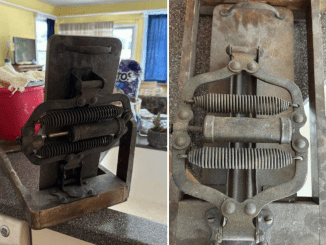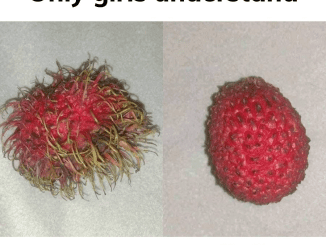Summer is synonymous with backyard barbecues, and what better centerpiece than a rack of fall-off-the-bone ribs? But before you fire up the grill, a question arises: Do you rinse ribs before cooking? It’s a question that’s sparked countless debates and left many barbecue enthusiasts scratching their heads.
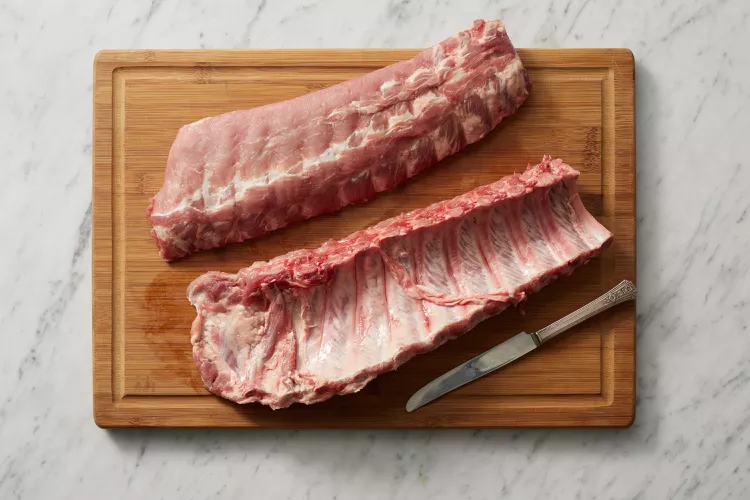
The answer, my friends, is a resounding no. Rinsing ribs is not only unnecessary, it’s actually a potential health hazard.
Let’s break down the reasons why rinsing ribs is a big no-no:
1. Bacteria Removal Myth: You might think rinsing ribs will wash away harmful bacteria, but that’s a misconception. The bacteria causing foodborne illnesses are killed by proper cooking temperature and time, not by a quick rinse under the tap.
2. Cross-Contamination Risk: Washing raw meat can splash bacteria onto your kitchen surfaces, including your sink, countertop, and even drawer handles. This can contaminate other foods in your home, putting your family at risk.
Imagine rinsing ribs like trying to wash away a bad cold with water. It doesn’t work! The bacteria are still there, and you’ve just spread them around your kitchen.
The USDA, the leading authority on food safety, agrees with this no-rinse rule. They emphasize the importance of using clean hands and utensils when handling raw meat and thoroughly cleaning all surfaces that come into contact with it.
Okay, so you’re convinced that rinsing ribs is a bad idea, but what if you’ve already done it? Don’t worry, it’s not the end of the world. Just take extra precautions to prevent cross-contamination:
1. Sanitize Everything: Thoroughly clean and sanitize all surfaces that the ribs touched, including the sink, countertop, and anything else that might have come into contact with the rinse water. Use a bleach solution or a commercial kitchen disinfectant for the most effective sanitation.
2. Wash Your Hands: Wash your hands with hot, soapy water for at least 20 seconds after handling raw meat, even if you’ve rinsed it. This is a crucial step to prevent the spread of bacteria.
Now that we’ve cleared up the rinsing debate, let’s dive into the best practices for preparing ribs for a delicious barbecue:
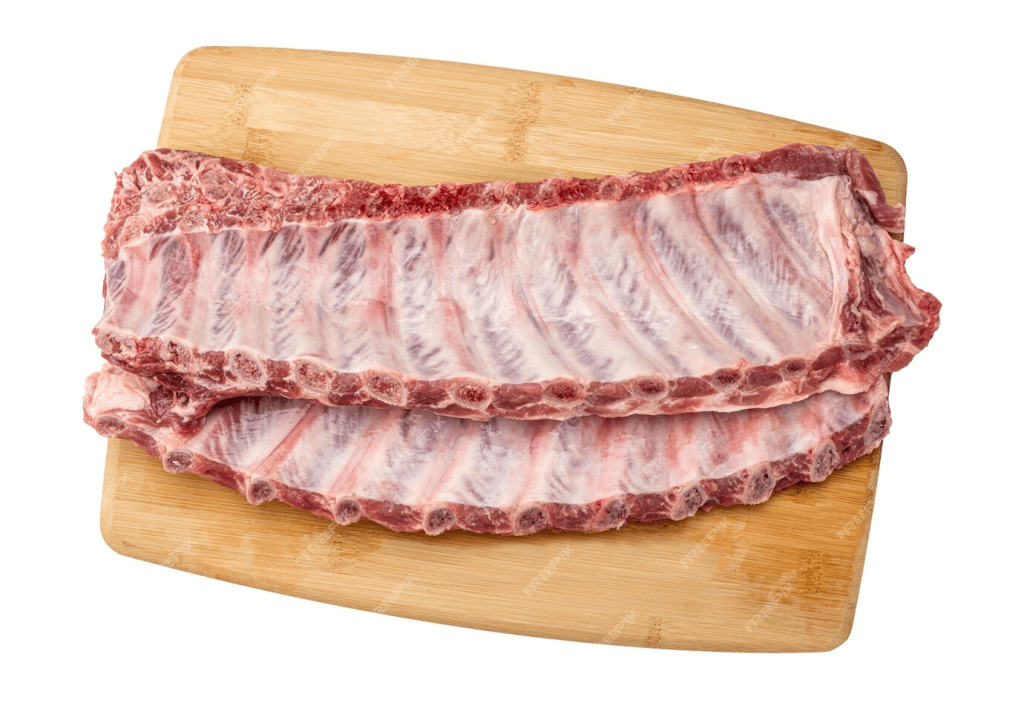
1. Skip the Rinse, Embrace the Rub: Instead of rinsing, focus on drying your ribs thoroughly with paper towels. This will help the rub adhere better and create a beautiful, crispy crust.
2. Remove the Membrane: The thin membrane on the back of the ribs can be tough and chewy. Use a sharp knife or a paper towel to remove it, exposing the meat for maximum flavor absorption.
3. Season with Flavor: Don’t be afraid to get creative with your rub! Experiment with different spices and herbs to find your perfect flavor combination. Try a classic blend of paprika, garlic powder, onion powder, and brown sugar, or get adventurous with a blend of chili powder, cumin, and smoked paprika.
4. Dry Brining for Extra Flavor: For a truly unforgettable rib experience, consider dry brining. This involves generously rubbing the ribs with salt and leaving them uncovered in the refrigerator for 12-24 hours. The salt draws out moisture, then reabsorbs it, resulting in incredibly juicy and flavorful ribs.
Now that your ribs are prepped and ready to go, it’s time to cook them to perfection. Here’s a breakdown of popular rib cooking methods:
1. Oven-Baked Ribs:
- Low and Slow: Oven-baked ribs are a classic method that delivers tender, flavorful results. Cook them low and slow at 250-300 degrees Fahrenheit for 2-3 hours, or until the meat is fall-off-the-bone tender.
- Flavor Boost: Wrap the ribs in foil for the first half of the cooking time to trap moisture and accelerate the tenderizing process. Unwrap them for the last hour to allow the ribs to crisp up and develop a beautiful bark.
2. Slow Cooker Ribs:
- Hands-Off Cooking: Slow cookers are perfect for busy cooks who want to set it and forget it. Place the ribs in the slow cooker with your favorite sauce and cook on low for 6-8 hours, or until the meat is incredibly tender.
- Flavor Infusion: The slow cooker’s gentle heat allows the flavors of the sauce and rub to penetrate the meat, creating a truly delicious result.
3. Smoked Ribs:
- The Ultimate BBQ Experience: Smoking ribs is the ultimate way to achieve a smoky, flavorful masterpiece. Use a wood-fired smoker and a blend of hardwoods like hickory, mesquite, or pecan for the best results.
- Patience is Key: Smoking ribs takes time, typically around 8-12 hours, but the results are well worth the wait. Maintain a consistent temperature around 225-250 degrees Fahrenheit and keep the smoker fueled with wood chips to maintain the smoke.
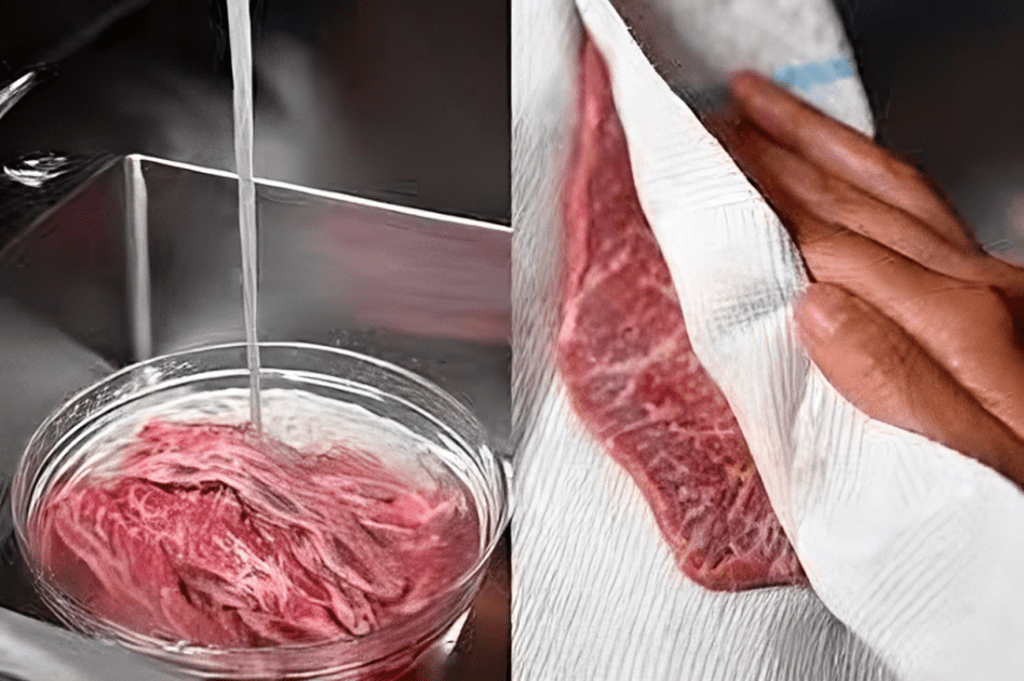
4. Grilled Ribs:
- Quick and Easy: Grilling ribs is a great option for a quick and easy barbecue. Use a gas or charcoal grill and cook the ribs over medium heat for 2-3 hours, or until they reach an internal temperature of 145 degrees Fahrenheit.
- Flavor Enhancement: Use a grill-safe barbecue sauce during the last 30 minutes of cooking to create a delicious glaze.
Ribs are a versatile and delicious cut of meat that can be cooked in countless ways. Whether you prefer oven-baked, slow-cooked, smoked, or grilled, there’s a method to suit every taste and skill level.
Remember, the key to perfect ribs is proper preparation and cooking techniques. Skip the rinse, embrace the rub, and cook them low and slow for the most tender, flavorful results. With a little practice and patience, you’ll be a rib-roasting master in no time.
